Fertilizer Runoff
Is Killing Our Waterways
Validated Independent News

Barnegat Bay in New Jersey is no longer a safe place to go swimming as there has been a dramatic shift in the marine ecosystem. Excess nutrients from the nitrogen fertilizer people commonly use on their lawns are causing an occurrence in the water such as an increase in red algae blooms, sea nettle infestations and fish kills. Ultimately, unchecked nutrient runoff sucks the oxygen out of the water and creates a dead zone like the one in the Gulf of Mexico.
Barnegat Bay provides more than $3.3 billion in economic benefits annually to New Jersey. It’s the state’s most-used waterway. However, it is not getting the care it needs. Although there are four bills concentrating on increasing the health of the bay, which have been approved and moved to the state level for consideration this fall, the damage will take time to fix.
Title: Fertilizer Runoff is Killing Our Waterways
Author: Michael Brune
Publication Source: AlterNet, September 3, 2010
URL: http://www.alternet.org/water/148077/fertilizer_runoff_is_killing_our_waterways?page=1
Student Researcher: Katherine Ross, Sonoma State University
Faculty Evaluator: Julie Bright, Sonoma State University
BP: 100 Years of Moral Failure
As oil continues to leak into the Gulf, Iranians might remember the company's dark history in their country.
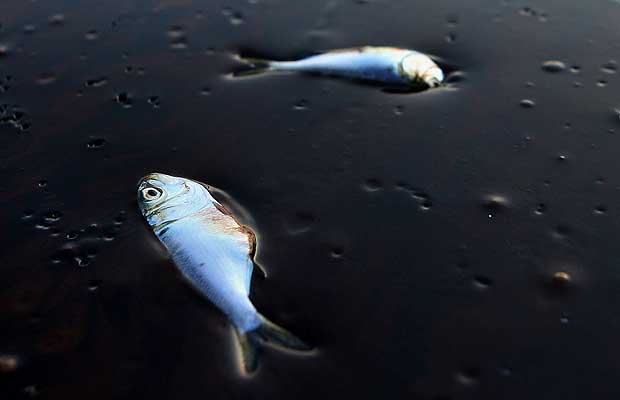 Saeed Rahnema
Saeed Rahnema
Professor, political science, York University; media commentator on the Middle East.
If I were superstitious, I would say that the catastrophic situation BP currently finds itself in vis-a-vis the disaster in the Gulf of Mexico is Mossadeq’s curse. This is, after all, not the first time the oil company has made a mess of things in another country.
British Petroleum, the third largest “supermajor” has its origins in Iran. Over 100 years ago, a colonial concession by an inept and corrupt Iranian despot gave full control of Iran’s oil exploration and production to the British for 60 years. Iran was to receive 16 per cent of the declared profit, but lacked any right to review the books. Soon after, the Anglo-Persian Oil Company (APOC) was established in 1909, later renamed the Anglo-Iranian Oil Company (AIOC) in 1935, and then British Petroleum in 1954.
The company plundered Iran’s most valuable resource and viciously exploited Iranian workers who laboured under inhuman conditions and lived in abject poverty. With access to the massive and cheap Iranian oil reserves, the British government substituted coal for oil in the Royal Navy, and in 1914 bought up 51 per cent of the APOC shares. The company then signed a contract, guaranteeing a steady supply of Iranian oil to the British Navy for 30 years at fixed prices.
Apart from supplying almost free oil to the British, for decades Iranian oil revenues provided hundreds of millions of pounds in dividend and taxes to the British government. To collect the meagre share of profit it received, the Iranian government also had to purchase all the products that were used in the vast company from British manufacturers and producers, paying high prices and taxes. The company ruled with utmost arrogance, humiliating Iranians and interfering in all aspects of political life. In 1933, Reza Shah tried to make some changes to the original concession, and although some very minor adjustments were made on paper, almost nothing changed in practice.
Anti-British sentiment and calls for changes in the oil concession led some Iranian MPs in 1950 to call for a 50/50 share of profits, similar to what the U.S. had given Saudi Arabia. The company unequivocally rejected the idea and nationalist sentiments eventually brought the democratically elected government of Dr. Mohammad Mossadeq to power in 1951. Mossadeq nationalized the oil industry and an Iranian company, the National Iranian Oil Company, was put in charge.
In response, the British imposed a brutal embargo on Iran and the AIOC used every trick in the books to topple Mossadeq. Despite the lack of oil revenues because of the embargo, the Mossadeq government survived by issuing government bonds that even poor families managed to buy to support his government. After failing to oust Mossadeq, the AIOC and the British government asked newly elected President Eisenhower for help. The Americans agreed on the condition that they would have a major stake in the shares of Iranian oil, and in 1953 a CIA/MI6 supported coup toppled Mossadeq.
The victors created a consortium and “democratically” divided the Iranian oil among themselves: 40 per cent went to the AIOC, which would soon become British Petroleum, 40 per cent to the American oil giants, 14 per cent to Royal Dutch Shell, and the remaining 6 per cent to the French CFP (compagnie francaise des Petroles), now known as Total. The conditions of the contract were so harsh that even the Shah, who had regained his power after the coup, cried fowl.
BP and the other oil companies benefited from a new round of dictatorship in Iran, while generations of Iranian intellectuals who demanded independence, social justice, and democracy for their country rotted in prisons, or were executed or exiled. Concerned solely with the Iranian nationalists and the political left, BP, the British and American governments, and the Shah himself ignored the threat posed by the mullahs who eventually stole the secular revolution of 1979 and established the present Islamic fundamentalist regime in the country.
BP has created lots of messes of different types and magnitudes around the world. This time it had the bad luck of doing it in the backyard of a more powerful contender, and had to apologize and pay for it. BP never apologized to the Iranian people for the bigger crime of killing their chance of living under a democratically elected secular government in the early 1950s.
Many Iranians sympathize with the American people living in the southern states who are bearing the brunt of BP’s avariciousness, but surely they have no tears to shed for this company.
Slick Operator: The BP I've Known Too Well
Wednesday 05 May 2010
by: Greg Palast, t r u t h o u t | News Analysis
I've seen this movie before. In 1989, I was a fraud investigator hired to dig into the cause of the Exxon Valdez disaster. Despite Exxon's name on that boat, I found the party most to blame for the destruction was ... British Petroleum (BP).
That's important to know, because the way BP caused devastation in Alaska is exactly the way BP is now sliming the entire Gulf Coast.
Tankers run aground, wells blow out, pipes burst. It shouldn't happen, but it does. And when it does, the name of the game is containment. Both in Alaska, when the Exxon Valdez grounded, and in the Gulf last week, when the Deepwater Horizon platform blew, it was British Petroleum that was charged with carrying out the Oil Spill Response Plans (OSRP), which the company itself drafted and filed with the government.
What's so insane, when I look over that sickening slick moving toward the Delta, is that containing spilled oil is really quite simple and easy. And from my investigation, BP has figured out a very low-cost way to prepare for this task: BP lies. BP prevaricates, BP fabricates and BP obfuscates.
That's because responding to a spill may be easy and simple, but not at all cheap. And BP is cheap. Deadly cheap.
To contain a spill, the main thing you need is a lot of rubber, long skirts of it called a "boom." Quickly surround a spill, leak or burst, then pump it out into skimmers, or disperse it, sink it or burn it. Simple.
But there's one thing about the rubber skirts: you've got to have lots of them at the ready, with crews on standby in helicopters and on containment barges ready to roll. They have to be in place round the clock, all the time, just like a fire department, even when all is operating A-O.K. Because rapid response is the key. In Alaska, that was BP's job, as principal owner of the pipeline consortium Alyeska. It is, as well, BP's job in the Gulf, as principal lessee of the deepwater oil concession.
Before the Exxon Valdez grounding, BP's Alyeska group claimed it had these full-time, oil spill response crews. Alyeska had hired Alaskan natives, trained them to drop from helicopters into the freezing water and set booms in case of emergency. Alyeska also certified in writing that a containment barge with equipment was within five hours sailing of any point in the Prince William Sound. Alyeska also told the state and federal government it had plenty of boom and equipment cached on Bligh Island.
But it was all a lie. On that March night in 1989 when the Exxon Valdez hit Bligh Reef in the Prince William Sound, the BP group had, in fact, not a lick of boom there. And Alyeska had fired the natives who had manned the full-time response teams, replacing them with phantom crews, lists of untrained employees with no idea how to control a spill. And that containment barge at the ready was, in fact, laid up in a drydock in Cordova, locked under ice, 12 hours away.
As a result, the oil from the Exxon Valdez, which could have and should have been contained around the ship, spread out in a sludge tide that wrecked 1,200 miles of shoreline.
And here we go again. Valdez goes Cajun.
BP's CEO Tony Hayward reportedly asked, "What the hell did we do to deserve this?"
It's what you didn't do, Mr. Hayward. Where was BP's containment barge and response crew? Why was the containment boom laid so damn late, too late and too little? Why is it that the US Navy is hauling in 12 miles of rubber boom and fielding seven skimmers, instead of BP?
Last year, CEO Hayward boasted that, despite increased oil production in exotic deep waters, he had cut BP's costs by an extra one billion dollars a year. Now we know how he did it.
As chance would have it, I was meeting last week with Louisiana lawyer Daniel Becnel Jr. when word came in of the platform explosion. Daniel represents oil workers on those platforms; now, he'll represent their bereaved families. The Coast Guard called him. They had found the emergency evacuation capsule floating in the sea and were afraid to open it and disturb the cooked bodies.
I wonder if BP painted the capsule green, like they paint their gas stations.
Becnel, yesterday by phone from his office from the town of Reserve, Louisiana, said the spill response crews were told they weren't needed because the company had already sealed the well. Like everything else from BP mouthpieces, it was a lie.
In the end, this is bigger than BP and its policy of cheaping out and skiving the rules. This is about the anti-regulatory mania, which has infected the American body politic. While the tea baggers are simply its extreme expression, US politicians of all stripes love to attack "the little bureaucrat with the fat rule book." It began with Ronald Reagan and was promoted, most vociferously, by Bill Clinton and the head of Clinton's deregulation committee, one Al Gore.
Americans want government off our backs ... that is, until a folding crib crushes the skull of our baby, Toyota accelerators speed us to our death, banks blow our savings on gambling sprees and crude oil smothers the Mississippi.
Then, suddenly, it's, "Where was hell was the government? Why didn't the government do something to stop it?"
The answer is because government took you at your word they should get out of the way of business, that business could be trusted to police itself. It was only last month that BP, lobbying for new deepwater drilling, testified to Congress that additional equipment and inspection wasn't needed.
You should meet some of these little bureaucrats with the fat rule books. Like Dan Lawn, the inspector from the Alaska Department of Environmental Conservation, who warned and warned and warned, before the Exxon Valdez grounding, that BP and Alyeska were courting disaster in their arrogant disregard of the rule book. In 2006, I printed his latest warnings about BP's culture of negligence. When the choice is between Lawn's rule book and a bag of tea, Lawn's my man.
This just in: Becnel tells me that one of the platform workers has informed him that the BP well was apparently deeper than the 18,000 feet depth reported. BP failed to communicate that additional depth to Halliburton crews, who, therefore, poured in too small a cement cap for the additional pressure caused by the extra depth. So, it blew.
Why didn't Halliburton check? "Gross negligence on everyone's part," said Becnel. Negligence driven by penny-pinching, bottom-line squeezing. BP says its worker is lying. Someone's lying here, man on the platform or the company that has practiced prevarication from Alaska to Louisiana.
This work by Truthout is licensed under a Creative Commons Attribution-Noncommercial 3.0 United States License.
Print this Page Here is the button:
Distilled Zinn
Whenever I become discouraged (which is on alternate Tuesdays, between three and four), I lift my spirits by remebers: the artists aaaaaare on our side! I mean those poets and painters, singers and musicians, novelist and playwrights who speak to the world in a waythat is impervious to assault because then wage the battle for justice in a sphere which is unreachable by the dullness of ordinary political discourse.
- Howard Zinn, Artists of Resistance
Hudson Contaminates Go to Texas
By Mike Burke
In 2007, the Texas Commission on Environmental Quality (TCEQ) looked into the geology of the Andrews hazardous waste site when the landowner, Waste Control Specialists (WCS), applied for a permit to build a radioactive waste dump. The technical staff of the commission unanimously opposed granting WCS the permit. Overruling his staff, then-TCEQ Executive Director Glenn Shankle approved the permit. Shankle today works as a lobbyist for WCS.
http://www.indypendent.org/2009/
From the June 5, 2009 issue | Posted in Local , Mike Burke | Email this article
DIRTY WATER: General Electric is finally dredging up PCB soil contamination in the Hudson River after decades of releasing manufacturing by-products into the river. The toxic soil will be dried and shipped to a Texas landfill by rail.

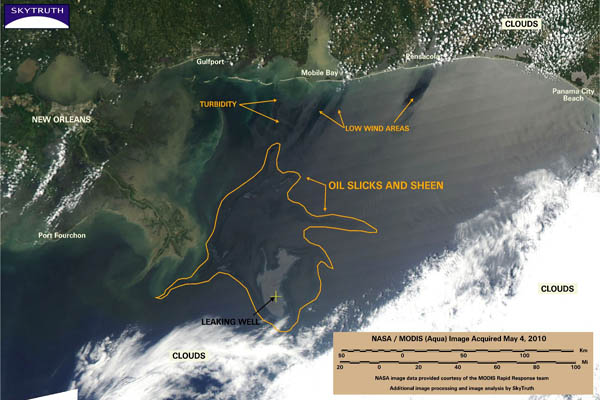
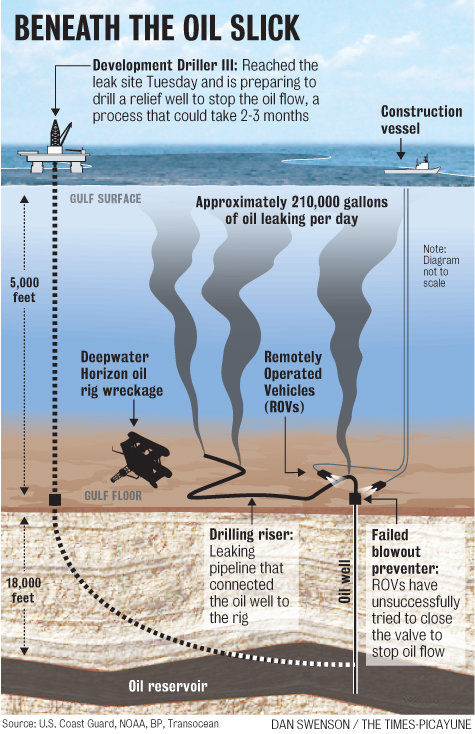
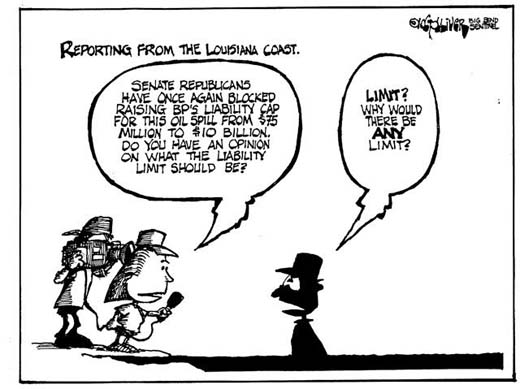
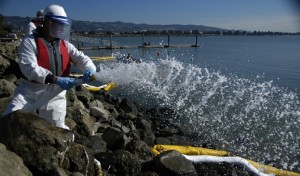


 Twitter
Twitter RSS
RSS